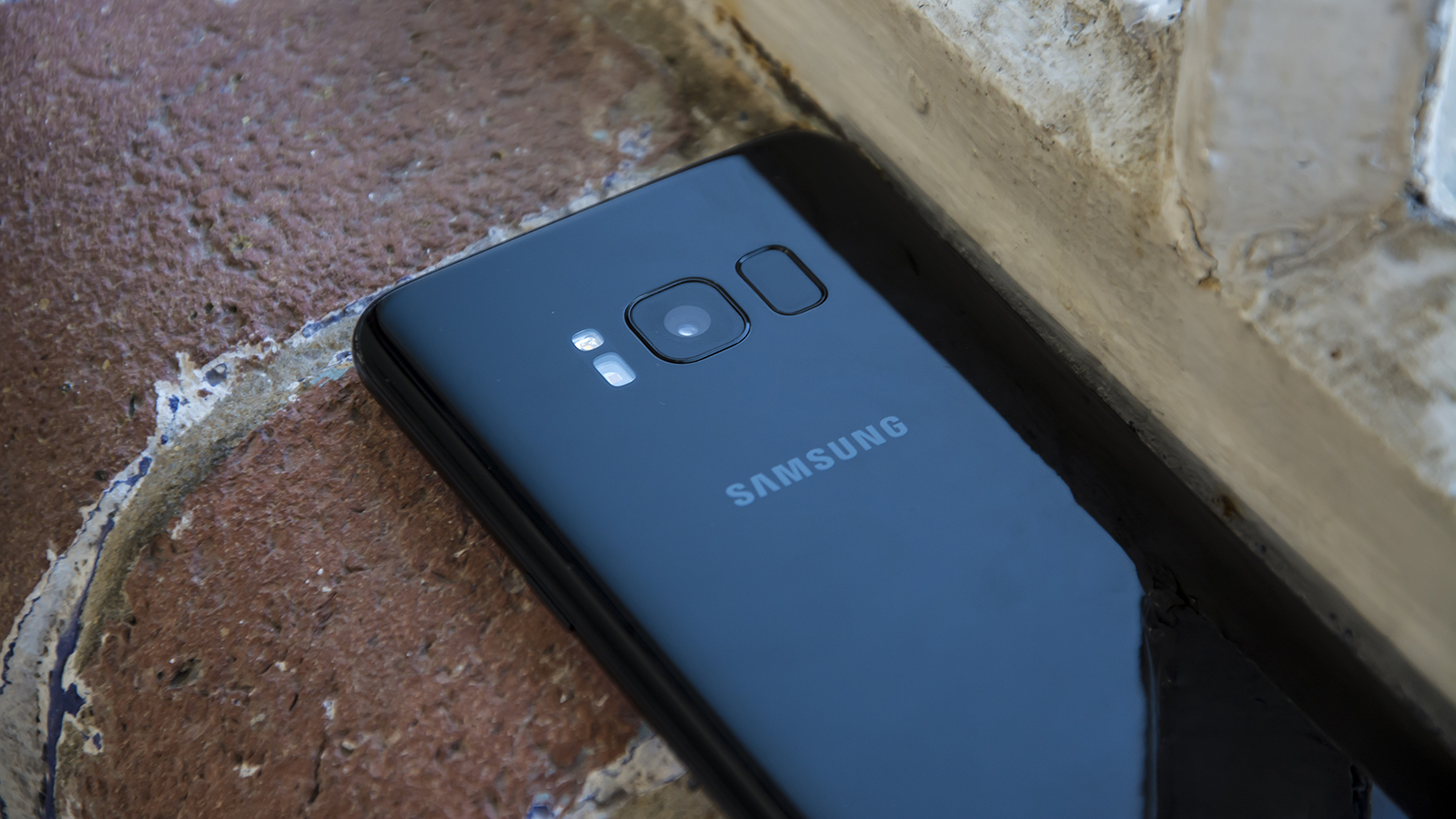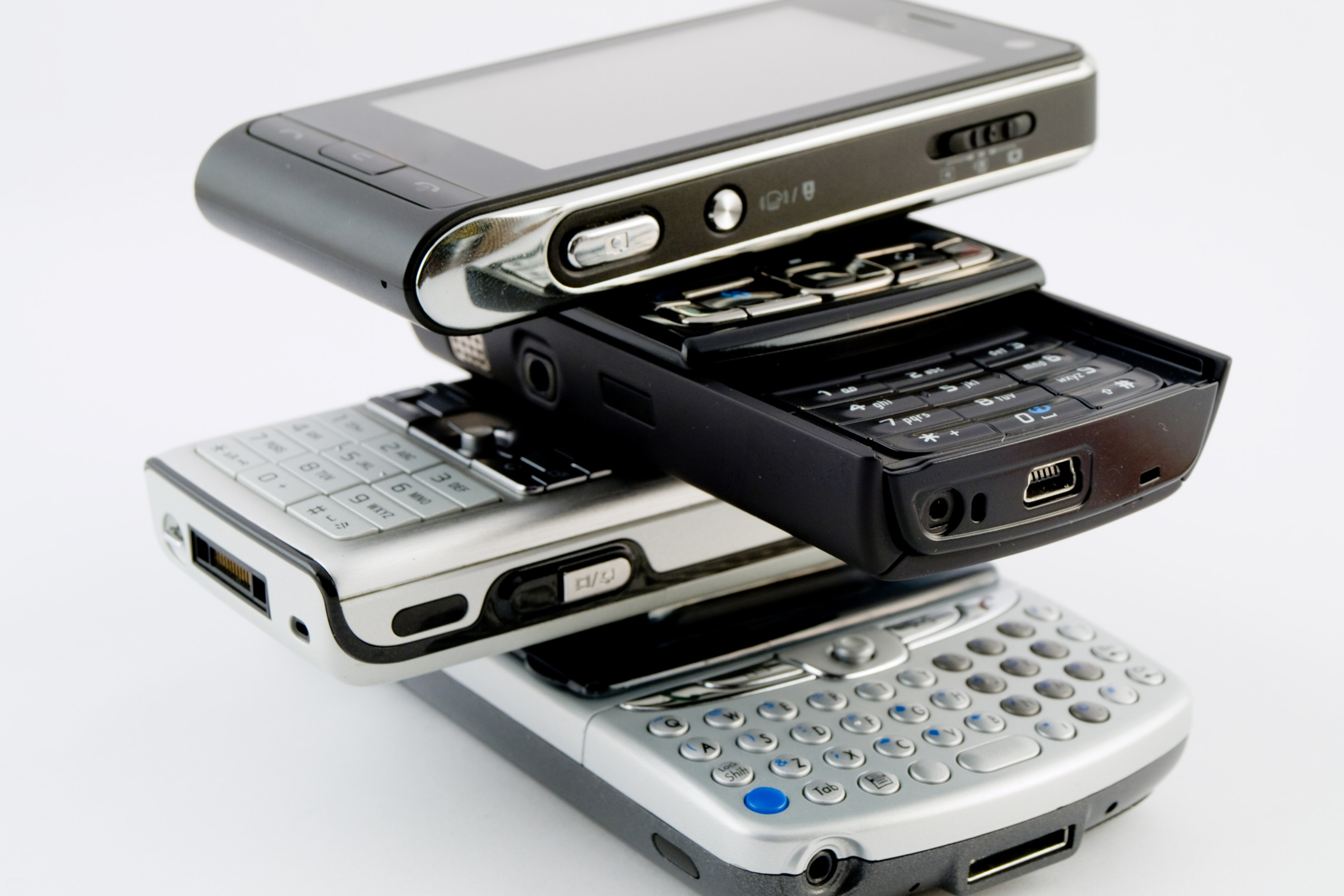Mobile payments to grow 70 per cent
Gartner has said that the number of users making mobile payments could hit 190 million by 2012.

Mobile payments will jump by 70 per cent this year, taking the number to 73.4 million users, according to Gartner - and as high as 190 million by 2012.
The ability to pay for banking and services via SMS, WAP, or unstructured supplementary service data (USSD), represents "an extension of the existing payment infrastructure allowing people to deal with their financial needs on the go and in a timely fashion," said Sandy Shen, research director at Gartner.
Analysts feel mobile payments will become mainstream within three years once awareness within the global consumer market has risen and individual markets, such as developing economies, have acclimatised to the idea.
Gartner predicted Asia-Pacific and Japan would take the lion's share of the market by 2012, while Europe is expected to increase from 0.9 per cent to 2009 to 2.5 per cent in 2012.
However, security concerns and banking regulations, as well as economic disparities on a global scale are still great challenges to the growth of mobile payment.
"Mobile payment has very different user cases and impact on developing markets to that of developed markets," added Shen.
While bank accounts, debit cards, and credit cards are common place in the UK and US - It is not the case in most developing countries. Large numbers of the population do not have bank accounts, meaning services must be adapted for individual markets, but would promote tangible benefits.
Sign up today and you will receive a free copy of our Future Focus 2025 report - the leading guidance on AI, cybersecurity and other IT challenges as per 700+ senior executives
"The most profound impact of mobile banking and payment services is that they provide the non-banking population with access to modern financial services, giving them tools to improve their living standards," Shen said.
She added: "In developing markets, together with mobile banking, it allows people to use financial services in a more-efficient way and sometimes the only way at more-affordable costs, and can greatly improve standards of living."
Business wise, increased mobile payment users will help mobile operators attract and retain users, as well as generate new revenue streams, she said.
Gartner could very well be correct in its estimations, with many commentators arguing that actual cash payment is fast becoming something of the past.
Adding further weight to the Gartner claims was research conducted by Tomi Dahlberg for the Helsinki School of Economics, whose findings stated that "more than 75 per cent of retail payments are conducted electronically via electronic point of sale (POS) terminals, ATMs, electronic banking, onternet banking, mobile banking or mobile payment solutions."
-
 Hardware shortages could plague 2017 smartphone sales
Hardware shortages could plague 2017 smartphone salesNews Gartner: Samsung is top of the smartphone pile, while Apple sees a decline
-
 Gartner: worldwide smartphone demand to slow in 2016
Gartner: worldwide smartphone demand to slow in 2016News Decreased interest from new markets and more durable handsets will lead to market slowdown
-
 Smartphone sales overtake feature phone demand for first time
Smartphone sales overtake feature phone demand for first timeNews Gartner's latest mobile market share figures reveal changing demand for devices.
-
 Android to dominate smartphone market by 2012
Android to dominate smartphone market by 2012News Gartner claims Google’s mobile OS will feature on almost half of all smartphones by the end of next year.
-
 Smartphone sales jump, Android and Apple pick up speed
Smartphone sales jump, Android and Apple pick up speedNews Apple, Android and RIM all came out winners in the first quarter mobile rankings from Gartner.
-
 Year in Review: Industry and the economy in 2009
Year in Review: Industry and the economy in 2009News We take a look at how IT markets have handled the recession throughout 2009.
-
 The life and times of the Palm Pre aged one month...
The life and times of the Palm Pre aged one month...In-depth On this day last month the much-hyped Palm Pre went on sale on the O2 network in the UK. So how have things gone, how did it get there and what happens next?
-
 Nokia and RIM lose out as Apple’s market share rises
Nokia and RIM lose out as Apple’s market share risesNews Smartphones are again keeping the mobile market’s head above water but Apple is catching up with the other big guns and causing dents in their market shares.

